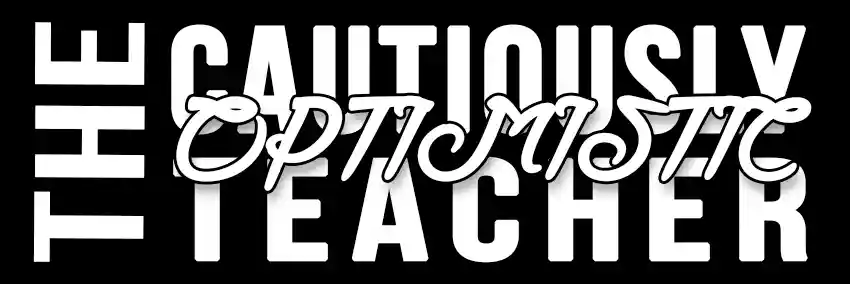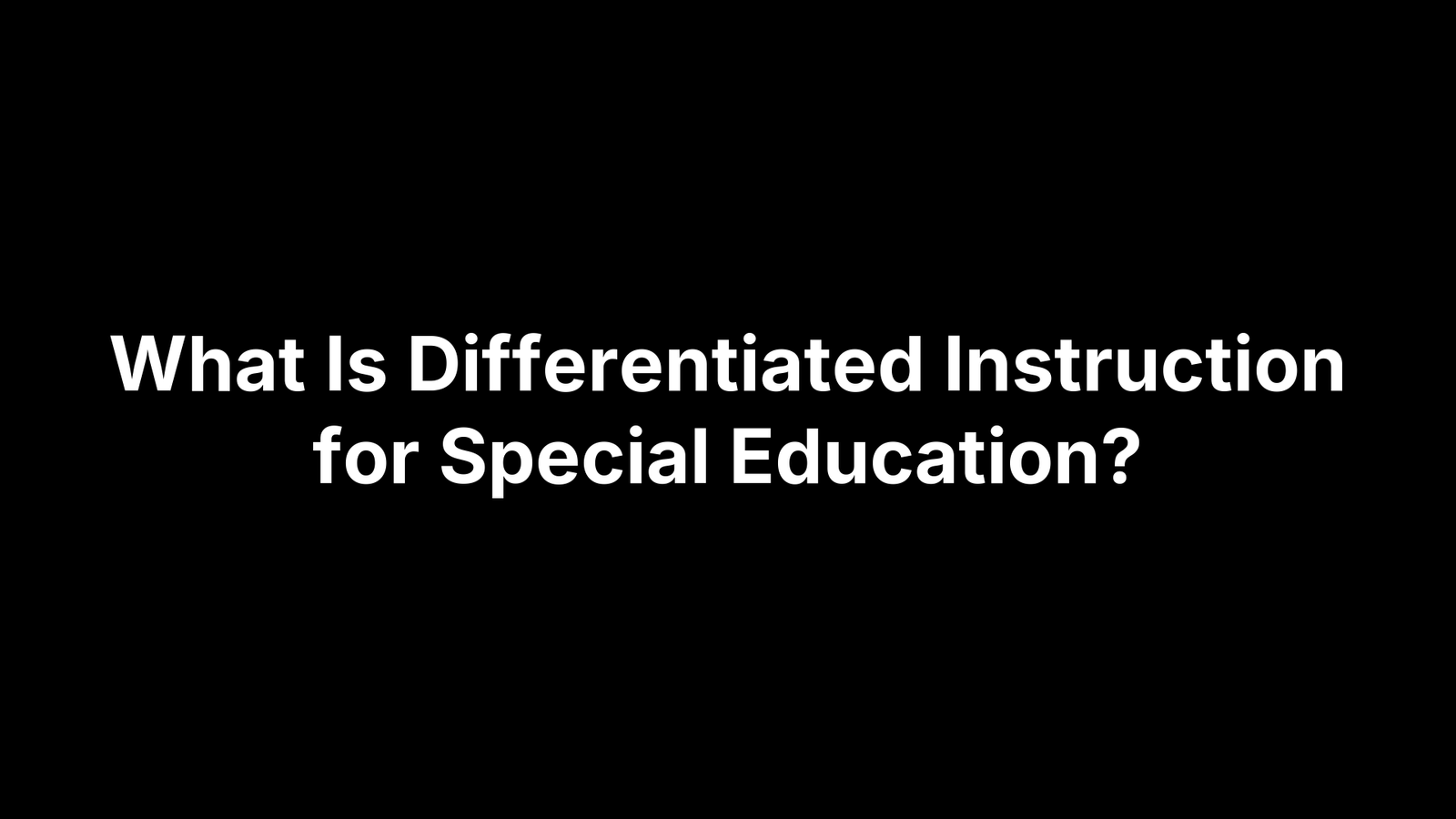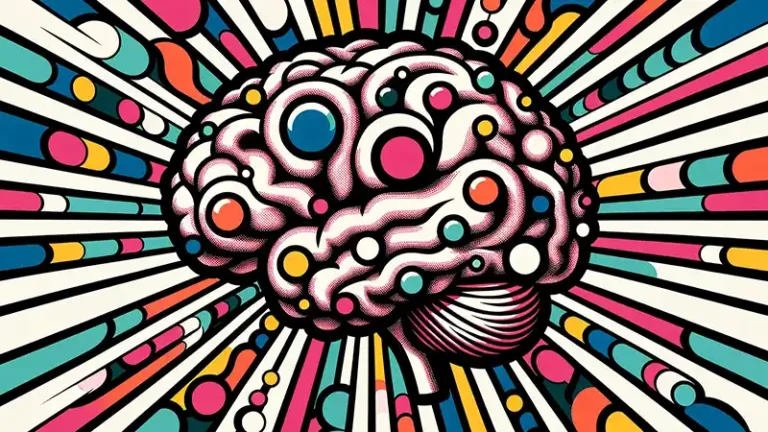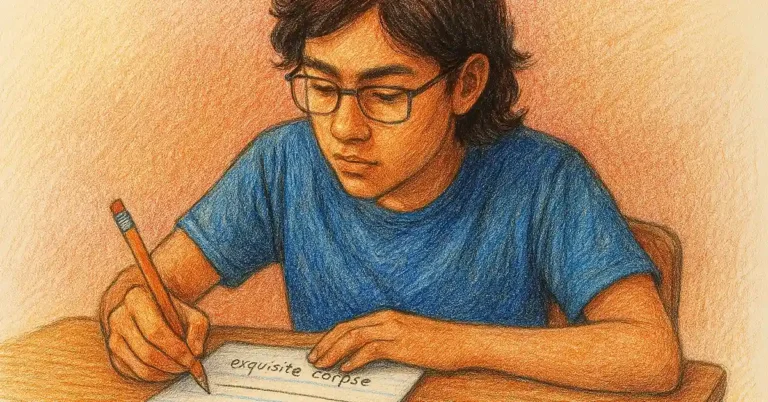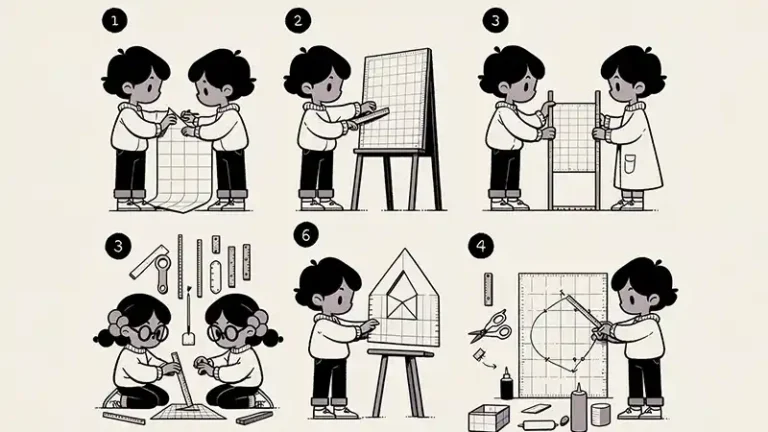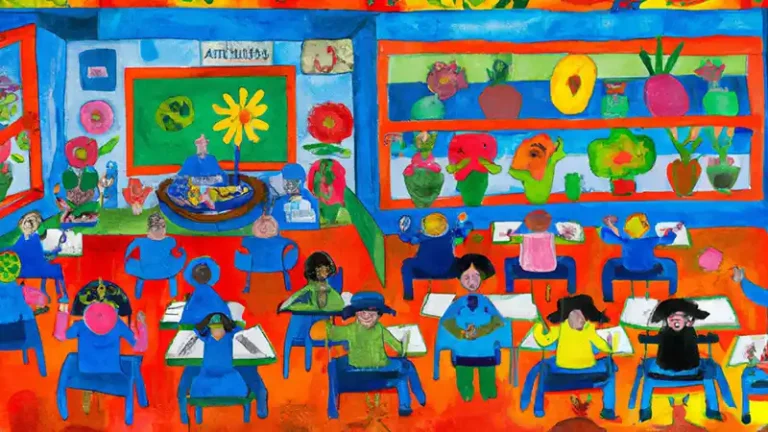What Is Differentiated Instruction for Special Education?
Differentiated instruction for special education means planning the same lesson so every learner can access it and show what they know, using intentional adjustments to content, process, product, and the learning environment. It isn’t 25 separate lesson plans; it’s flexible options, targeted supports, and ongoing assessment that meet students where they are and move them forward, aligned with IEP goals. The aim is simple: equitable access, appropriate challenge, and real growth for students with a wide range of strengths and needs.
In this practical guide, you’ll learn the core principles behind differentiation, how it compares with UDL, RTI, accommodations, and modifications, and the four reliable ways to differentiate. You’ll get ready-to-use strategies, classroom examples for common learner profiles, a step-by-step planning workflow, and tips for assessment, grouping, routines, and behavior supports that keep it manageable. We’ll also share time-saving tech and AI tools plus templates and downloads to help you start today.
Why differentiated instruction matters in special education
One-size-fits-all instruction routinely misses learners; differentiated instruction for special education closes that gap by matching teaching to readiness, interest, and learning profile while keeping grade-level goals and IEP targets in view. It builds equity into daily practice—multiple ways to learn and show understanding, flexible grouping, and ongoing formative assessment tied to each student’s zone of proximal development. A growing body of evidence shows positive effects on achievement, with students with learning disabilities often benefiting even more than their peers.
Core principles of differentiated instruction
At its core, differentiated instruction for special education is student-centered and evidence-informed. It begins with knowing learners, then proactively designing flexible pathways and adjusting in real time so every student works at an appropriately challenging level and can demonstrate growth.
- Ongoing assessment: Use formative checks to understand readiness, interests, and learning profiles—and to adjust instruction.
- ZPD and scaffolds: Teach in the zone of proximal development; provide supports and fade them as competence grows.
- Multiple pathways: Vary content, process, product, and environment so students can access and show learning in different ways.
- Flexible grouping: Shift between whole-class, small groups, pairs, and independent work based on current needs.
- High expectations and engagement: Keep tasks meaningful, appropriately challenging, and offer purposeful choice for all learners.
Differentiated instruction vs UDL, RTI, accommodations, and modifications
These approaches work together, but they’re not the same. If you’re using differentiated instruction for special education, it helps to know when each tool fits. Think of DI as day-to-day responsiveness, UDL as blueprint-level design, RTI as a tiered support system, and IEP accommodations/modifications as formalized access and expectation adjustments.
- Differentiated Instruction (DI): Adjusts during instruction based on readiness, interest, and learning profile to maximize growth for all students.
- Universal Design for Learning (UDL): Builds multiple options into the curriculum at the design stage so access is proactive, not reactive.
- Response to Intervention (RTI): A tiered framework to identify and support struggling students; DI commonly operates within RTI, which can add more intensive tiers.
- Accommodations and Modifications: When DI isn’t enough, IEP-driven supports provide access (accommodations) or adjust expectations (modifications).
The four ways to differentiate: content, process, product, and environment
Think of differentiated instruction for special education as four adjustable levers you can pull without changing the learning goal: what students work with, how they work with it, how they show understanding, and the conditions under which learning happens. Each lever keeps grade-level standards and IEP targets in view while meeting students in their zone of proximal development.
- Content (what students learn): Vary inputs while aligning to the same standard—leveled texts, audio or visual supports, picture symbols/AAC, pre-taught vocabulary, or alternative readings from different grade bands.
- Process (how students learn): Change the way students make meaning—scaffolded steps, graphic organizers, manipulatives, modeled think-alouds, chunking, and flexible grouping (whole class, small groups, pairs, independent).
- Product (how students show learning): Offer choice—written response, oral explanation, model, diagram, slide deck, or short video—with clear rubrics tied to the same criteria at appropriate levels of complexity.
- Environment (where/with what supports learning happens): Adjust space, time, and tools—visual schedules, predictable routines, quiet zones, movement breaks, assistive technology, and positive behavior systems—so access and engagement are possible for every learner.
Practical strategies that work in special education classrooms
Start small: take one standard, offer two ways to learn and two ways to show, then use quick checks to steer. The high-yield moves below make differentiated instruction for special education doable daily—they balance access and rigor, keep IEP goals in view, and align with evidence-informed practices like flexible grouping, multiple modalities, and formative assessment.
- Flexible grouping: Rotate groups based on current readiness and interests.
- Tiered assignments: Same standard, varied complexity and scaffolds.
- Choice boards: Offer product/process options without lowering rigor.
- Learning stations: Mix modalities, scaffolds, and a teacher-led table.
- Gradual release: Mini-lesson → guided practice → independent work; fade supports.
- Structural supports: Graphic organizers, sentence frames, and task checklists.
- Adapted materials: Leveled texts, audio/visuals, larger print, picture supports.
- Formative checks: Entrance/exit tickets, whiteboards; adjust instruction immediately.
Classroom examples for common learner profiles
Here’s how differentiated instruction for special education translates into concrete moves. Each example keeps the same learning goal but adjusts content, process, product, and environment so students work in their zone of proximal development while building independence and confidence.
- ADHD (attention and regulation): Short, timed work bursts; movement-based stations; task checklists; fidgets; teacher-led station for modeling; product options that include models or demos.
- Dyslexia (reading access): Leveled/decodable texts plus audio; pre-taught vocabulary; graphic organizers; shared oral reading; options to respond orally or via labeled diagrams instead of long prose.
- Autism (ASD, structure and predictability): Visual schedules; clear routines; reduced visual clutter; choices between solo or paired work; sentence frames; concrete examples before abstraction.
- English learners (language support): Visuals, realia, and translated word banks; sentence starters; partner talk before writing; products like labeled diagrams or short videos.
- Specific learning disability in math: Manipulatives; step-by-step scaffolds; worked examples; immediate feedback; product choices such as showing steps on a whiteboard or building a model.
- Advanced/gifted learners: Tiered tasks with added depth/complexity; independent inquiry options; open-ended products with the same rubric criteria at higher levels.
Step-by-step planning workflow for a differentiated lesson
Use this quick workflow to turn any standard into a lesson every learner can access. You’ll keep the goal constant while varying the path and the proof of learning. Built-in checks, flexible grouping, and clear routines make it possible to pivot mid-lesson without losing momentum.
- Set the goal: Define the standard, IEP targets, and success criteria.
- Know your learners: Review readiness data, interests, and required accommodations/modifications.
- Design the anchor task: Grade-level, meaningful, and worth doing for everyone.
- Add options: Two ways to learn and two ways to show; shared rubric.
- Plan scaffolds in the ZPD: Model, chunk, organizers, sentence frames, manipulatives; fade.
- Map groups and timing: Flexible groups, station rotation, teacher-led table, clear transitions.
- Prepare environment and tools: Visual schedules, checklists, audio/visuals, AAC/AT, quiet zones.
- Pre-plan formative checks and responses: Quick probes plus “if/then” moves; record evidence for next steps.
Assessment, grading, and progress monitoring
Assessment in differentiated instruction for special education is ongoing and purposeful: quick checks guide same-day adjustments, while end-of-unit evidence captures what students actually understand. Keep fairness front and center—students may use different paths or products, but you evaluate with consistent criteria. Use formative assessment to guide instruction and summative options to certify learning, always aligned to the learning goal and IEP targets.
- Align goals and rubrics: One standards-based rubric for all; vary scaffolds and complexity, not the core criteria.
- Collect multiple evidence types: Exit tickets, observations, conferences, drafts, and final products.
- Separate access from achievement: Document accommodations; if the goal is modified via IEP, grade against that modified goal.
- Give actionable feedback and revision time: Short, specific notes tied to the rubric; allow re-teach and redo.
- Monitor IEP progress routinely: Track baseline and growth with brief probes or work samples; adjust instruction in the student’s ZPD.
- Keep simple records that drive planning: Checklists and anecdotal notes after each rotation inform next-day grouping and scaffolds.
Grouping, routines, and behavior supports that make DI manageable
Differentiated instruction for special education scales when grouping and behavior systems run on autopilot. Build a predictable rhythm—posted agenda, visual schedule, clear expectations—and pair it with flexible grouping that changes as readiness changes. Tight transitions, simple roles, and positive reinforcement keep cognitive load on learning, not logistics, so you can teach more and manage less.
- Flexible groups with purpose: Form by readiness, interest, or skill; reshuffle based on quick data.
- Predictable rotation: Timer-based stations with a teacher-led table, independent task, and collaborative task.
- Posted routines: Visual schedule, step-by-step task cards, and job badges at each station.
- Attention signals: One consistent signal and a 5–3–1 countdown to reset.
- Materials systems: Color-coded bins and “grab-and-go” kits reduce downtime.
- Noise and movement norms: Visual noise meter, movement breaks, and designated quiet zones.
- Positive behavior supports: Teach expectations explicitly; reinforce with specific, immediate praise.
- Must-do/may-do menus: Ensure essential practice with meaningful options for early finishers.
- Quick data routines: Exit tickets or whiteboard flashes to drive next-day groups and scaffolds.
Technology and AI tools that streamline differentiation
Technology and AI shrink planning time and expand access, making differentiated instruction for special education sustainable. Choose tools that remove barriers and automate routine tasks—leveling materials, quick checks, and feedback—so you spend class time teaching, not formatting.
- TTS/STT and screen readers: Access text; compose writing.
- AAC and visual schedules: Communicate and follow routines.
- Worksheet Maker: Generate leveled worksheets and organizers.
- Question Generator: Create exit tickets; regroup from data.
- DI Helper & Commentor: Tiered tasks; targeted feedback/IEP notes.
Templates and downloadable resources to get started
Templates shave minutes off every lesson and make differentiated instruction for special education repeatable. Start with a small, reusable set you can print or share digitally and plug into any unit.
- One-page DI lesson planner: goal, scaffolds, groups, checks.
- Tiered task matrix: three levels, same standard.
- Choice board + universal rubric: options, consistent criteria.
- Station rotation board: timers, roles, materials list.
- IEP/504 accommodations tracker and progress log.
Common pitfalls and myths to avoid
Even strong teachers fall into patterns that undermine differentiated instruction for special education. Watch for these common pitfalls and myths; replacing them with flexible grouping, ongoing assessment, and high expectations keeps lessons student-centered, equitable, and aligned to grade-level standards and IEP targets while maintaining focus on growth and access.
- Static ability groups: Regroup frequently based on formative data.
- Lowering rigor: Don’t modify goals unless the IEP directs it.
- “Fair means same task”: Fair means needs-based access and challenge.
- 25 separate plans: One shared goal, a few options and scaffolds.
- “DI takes too long”: Meaning-making takes time; varied paths don’t.
Frequently asked questions
Quick answers to the questions teachers ask most about differentiated instruction for special education—what it is, what it isn’t, and how it fits with other frameworks.
- Is DI only for special education? No—DI benefits all learners; some students also require IEP accommodations or modifications.
- How is DI different from UDL? UDL is built at design time; DI adjusts during instruction.
- How is DI different from RTI? RTI is a tiered system to identify/support strugglers; DI operates within it.
- Accommodations vs modifications? Accommodations change access; modifications change expectations per the IEP.
- Does DI lower rigor? No—same goals, varied paths and scaffolds in the zone of proximal development.
- Isn’t DI too time-consuming? Varied options don’t add class time; the meaning-making does (Tomlinson).
Key takeaways
Differentiated instruction for special education keeps the goal constant and flexes the path. You use ongoing formative assessment, teach in the zone of proximal development, and regroup often. Pair grade-level standards with IEP targets, add accommodations or modifications when required, and remember: UDL is the blueprint, DI is the live adjustment, RTI adds intensity.
- Start small: Two ways to learn, two ways to show.
- Keep rigor high: Vary scaffolds, not the standard or criteria.
- Use flexible grouping: Regroup with quick data; fade supports.
- Design for access: Multimodal inputs, assistive tech, predictable routines.
- Grade fairly: One rubric; track IEP progress separately and often.
Ready to put this into practice? Grab planning templates, time-savers, and classroom-tested tools on The Cautiously Optimistic Teacher.
